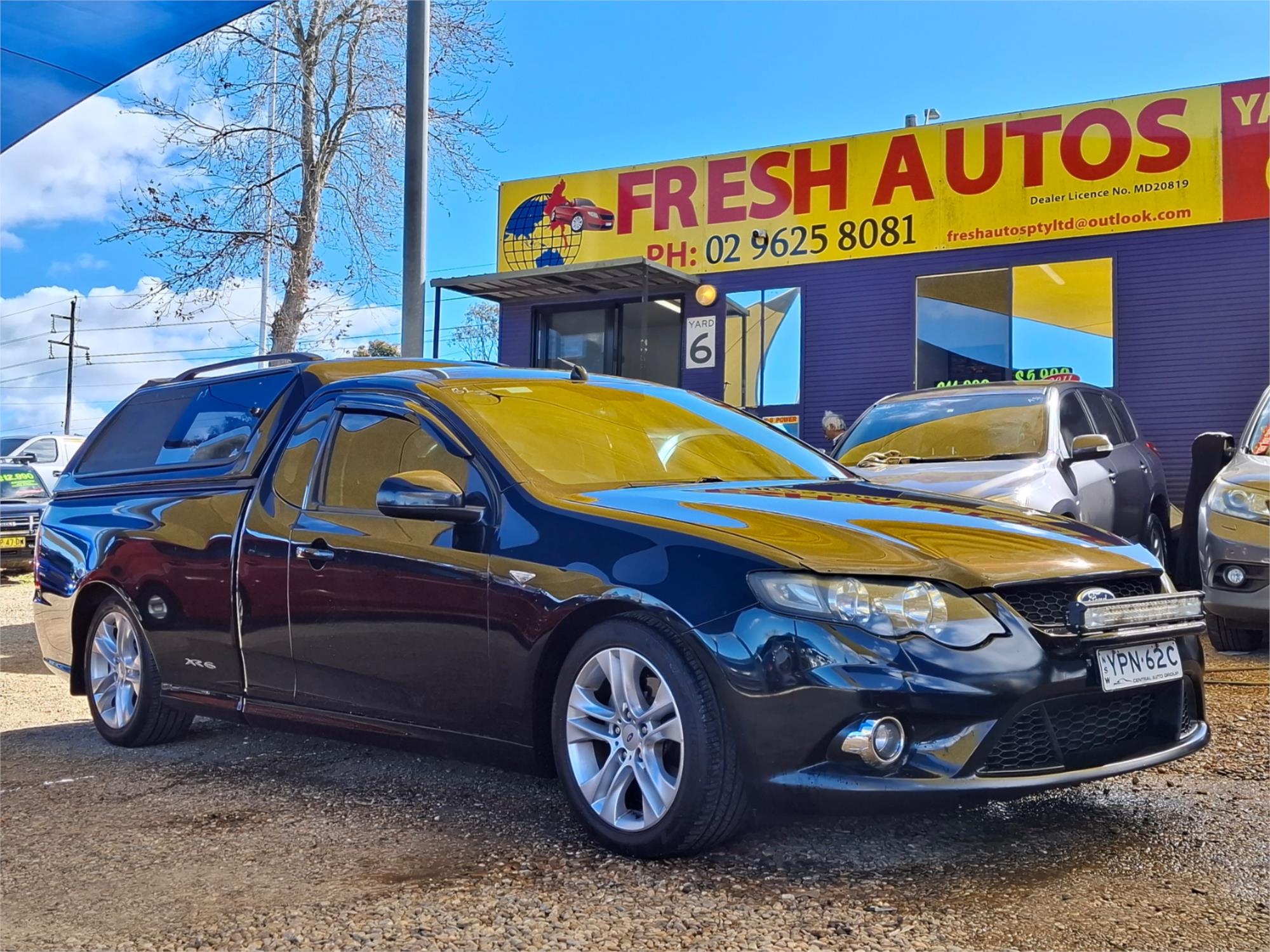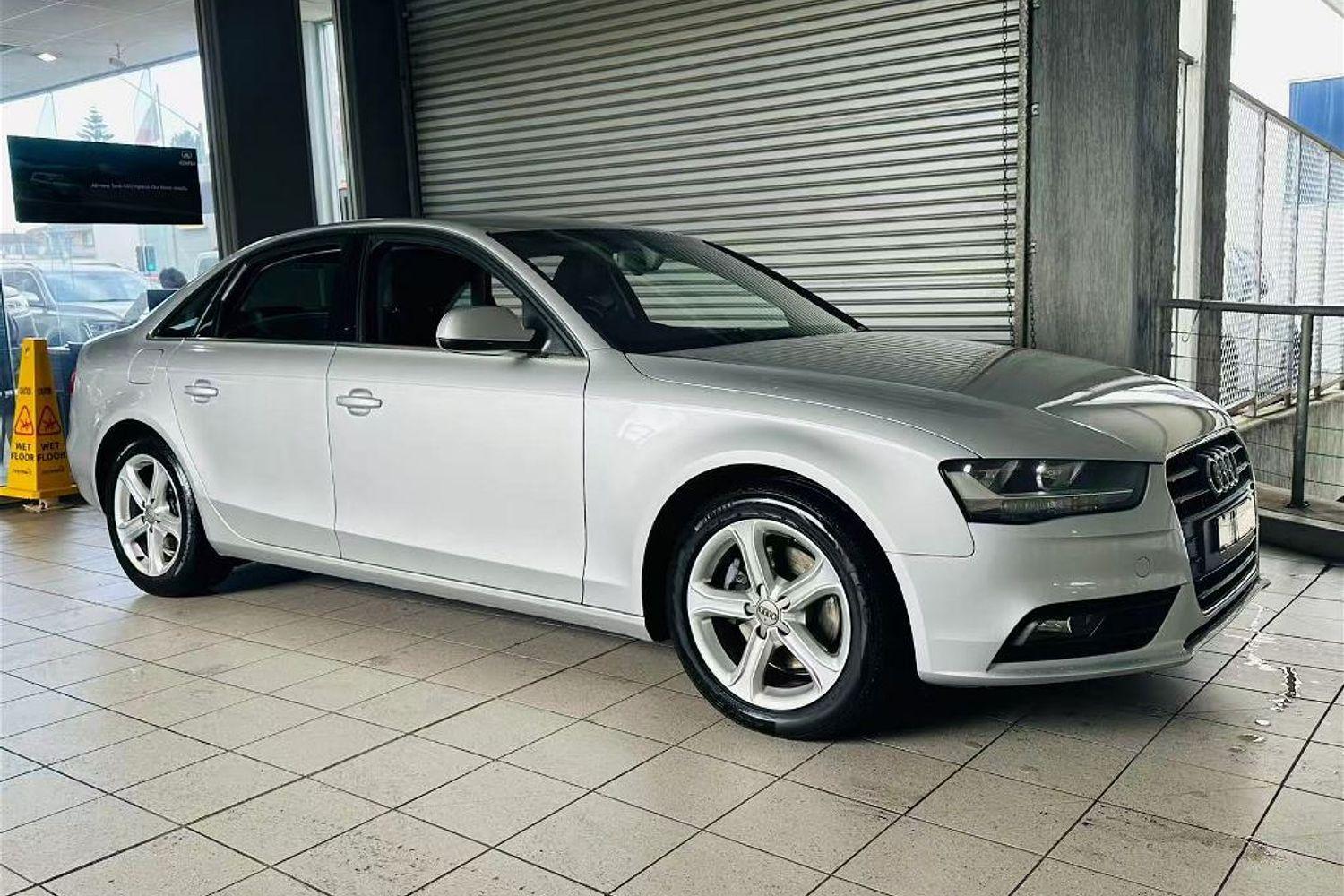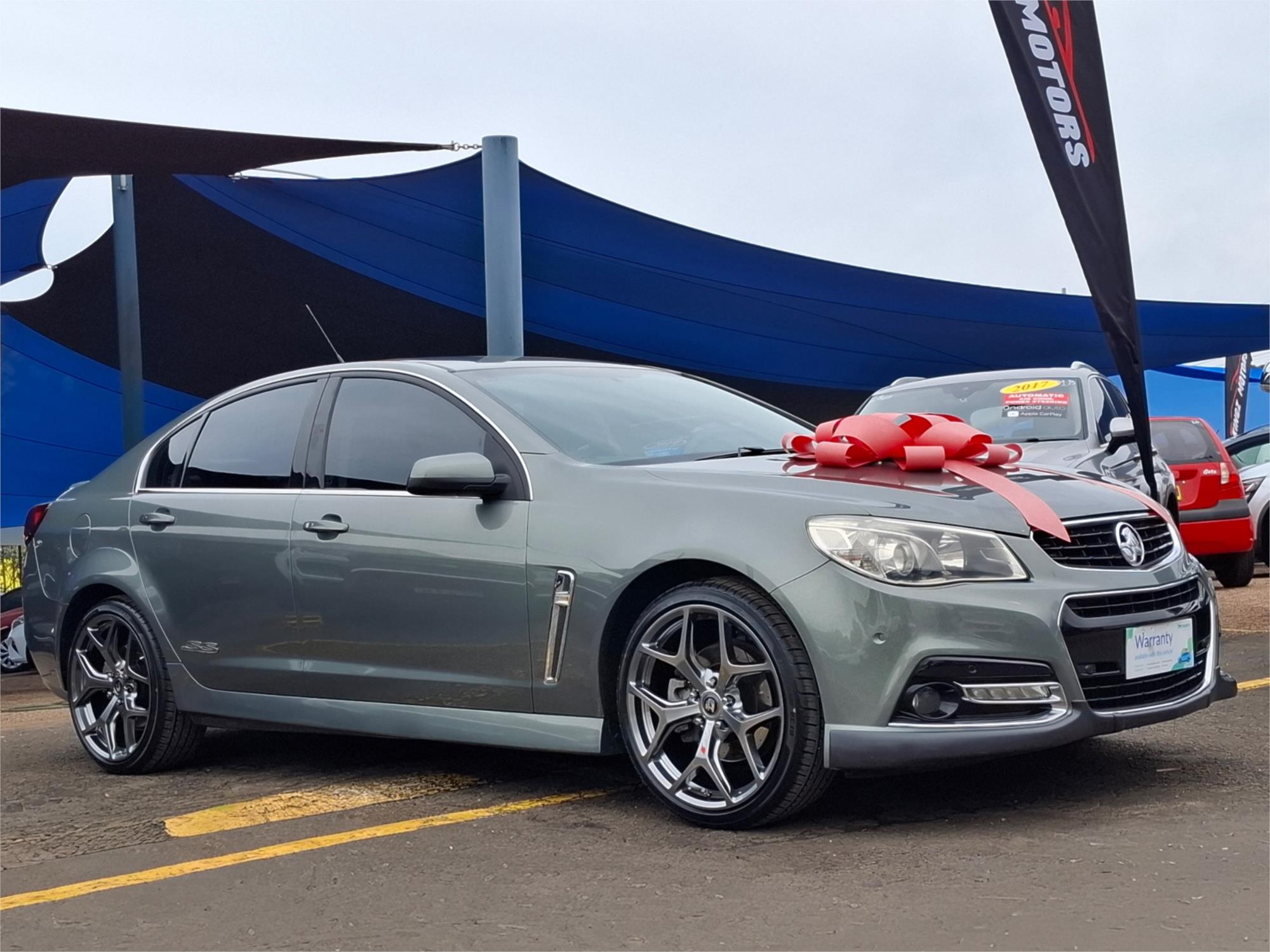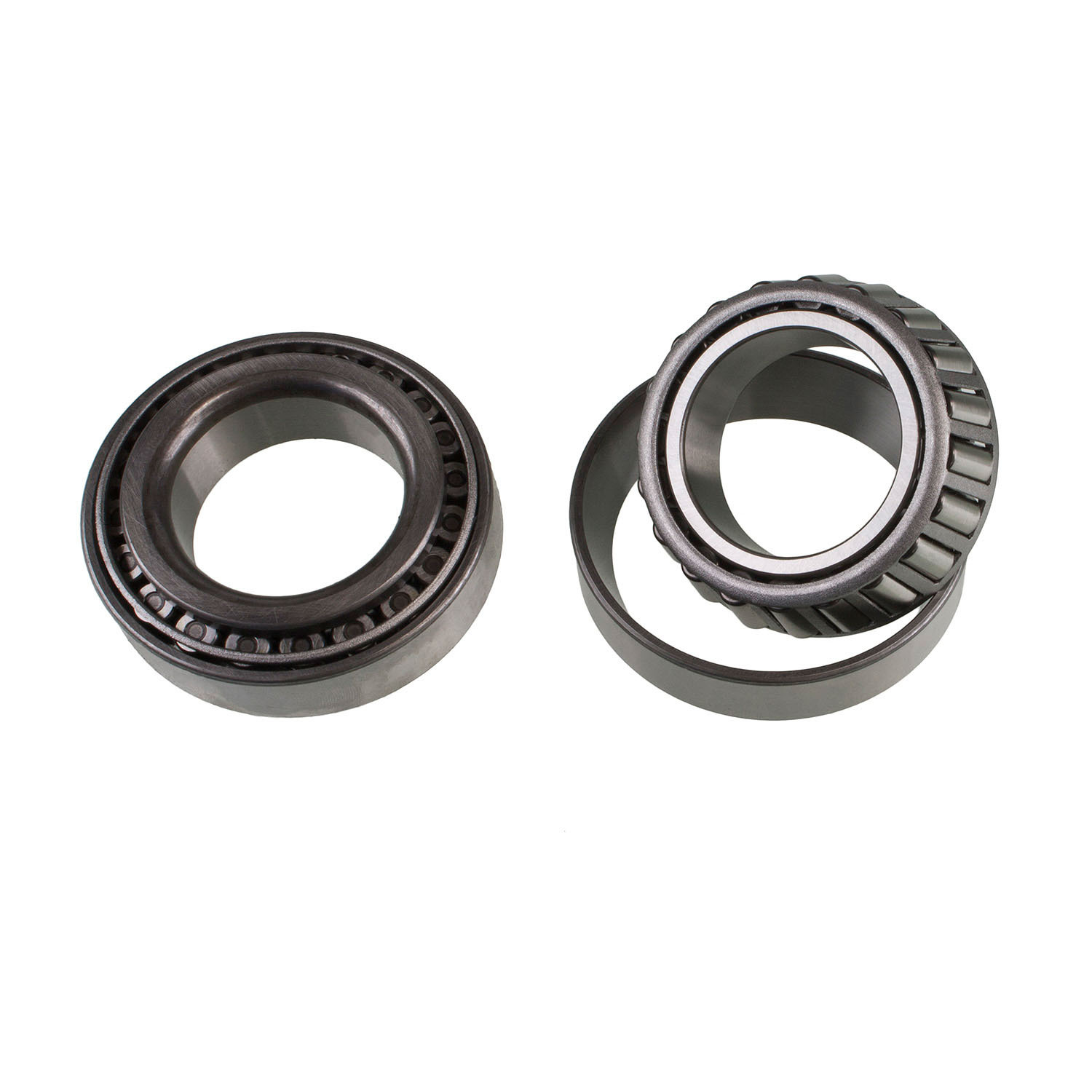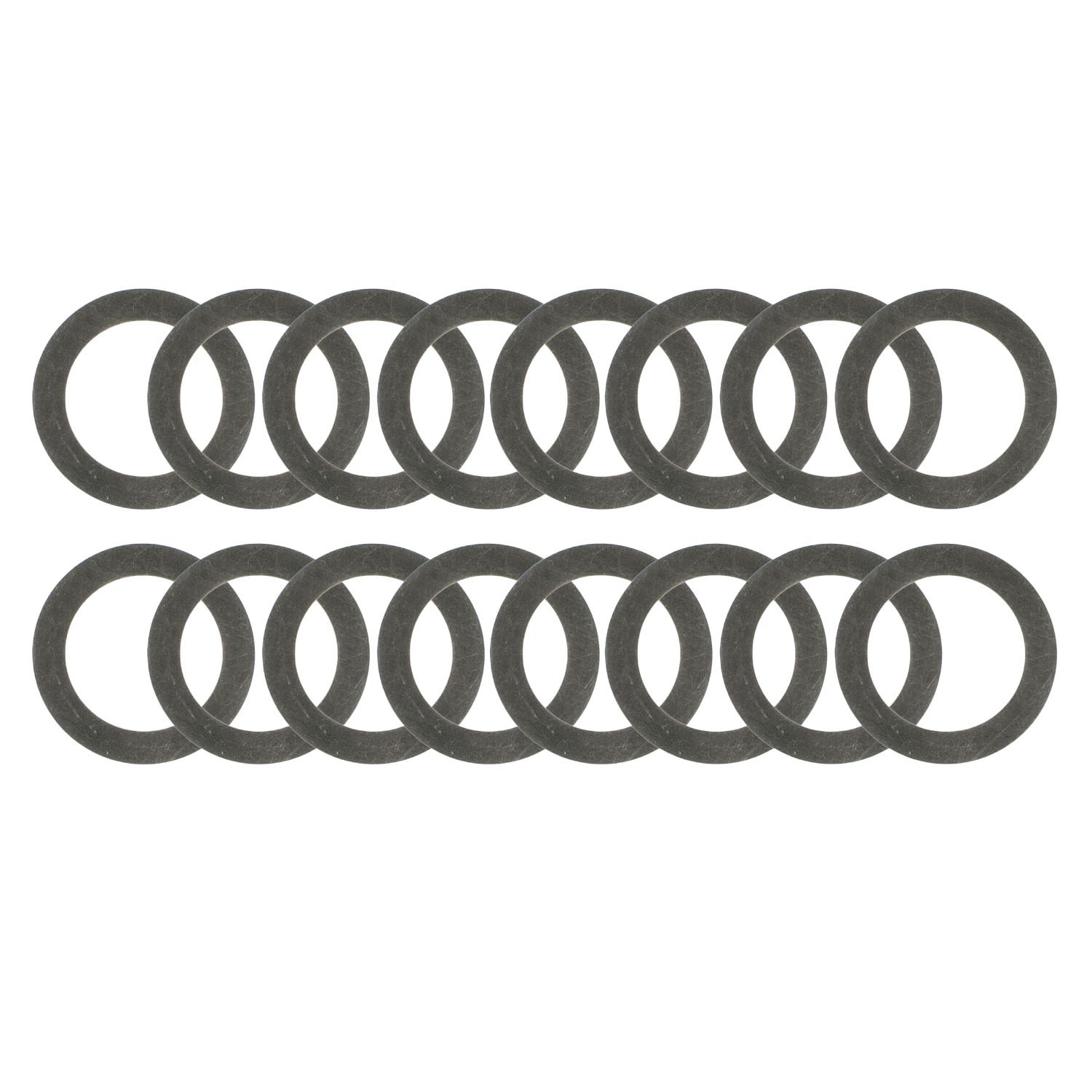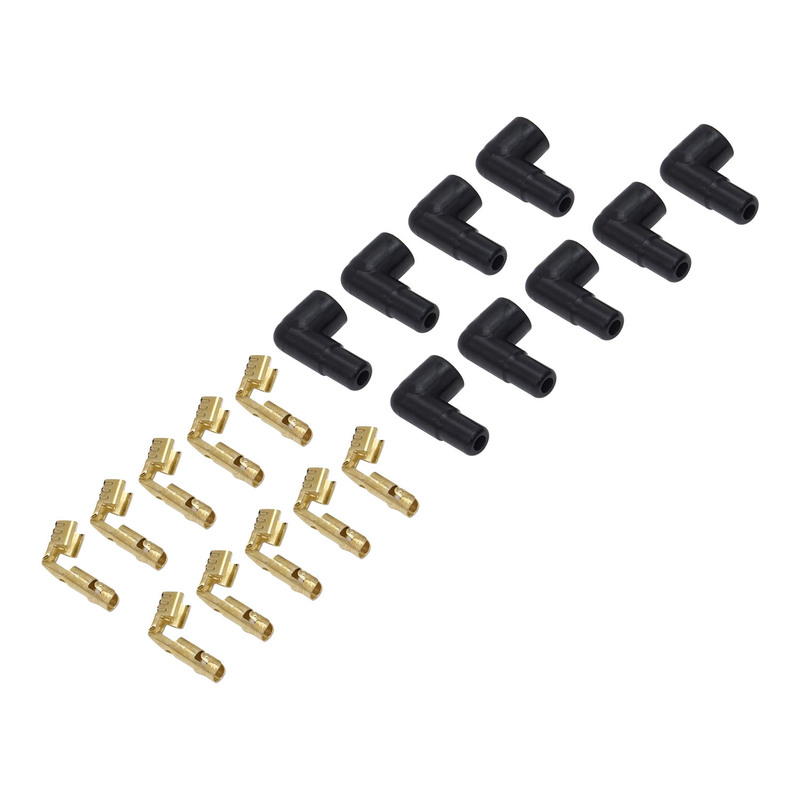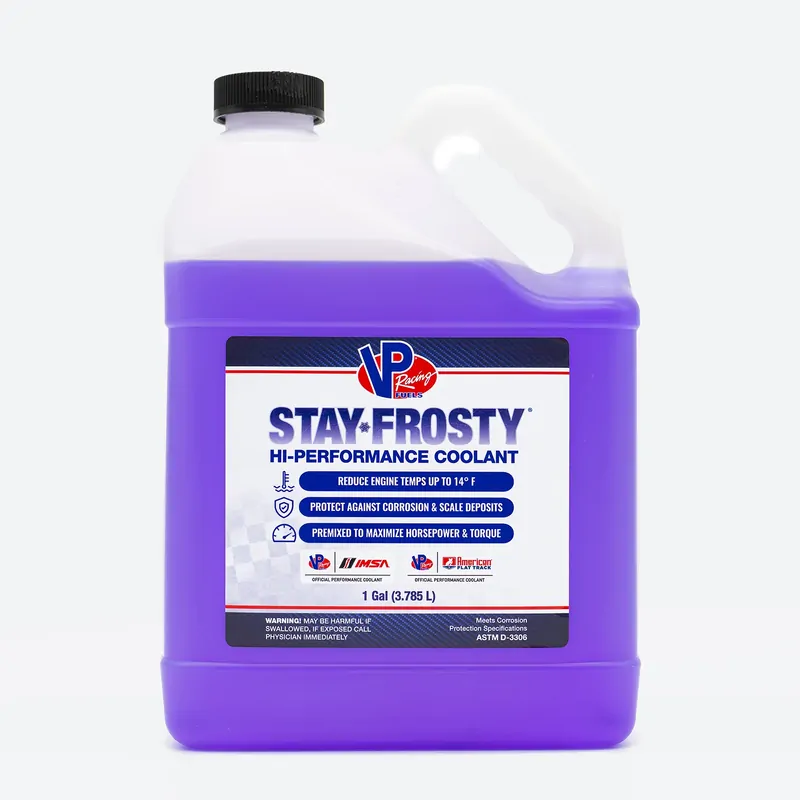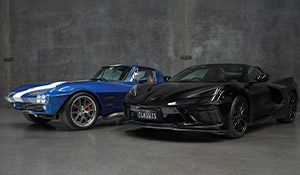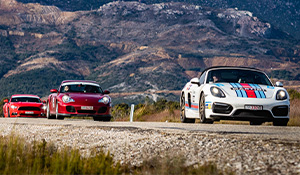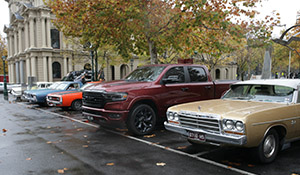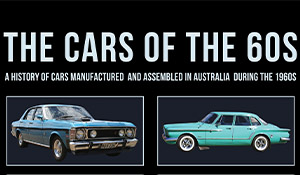BOOK REVIEW – The Cars of the 50s
If you think the new car buyer in Australia these days is swamped with choices, there was just as much variety in the 1950s. The diverse array of makes and models that were either manufactured or assembled here are covered in The Cars of the 50s by Gavin Farmer.

The subheading – A history of cars manufactured and assembled in Australia during the 1950s – clarifies that this book isn’t about ALL cars that were available here during the 1950-59 period, but rather those that were manufactured or assembled locally from imported kits.

After World War II, the Federal Government made the establishment of a local automotive manufacturing a priority. GM-H would be the only brand to achieve this in the 1950s, but many others introduced local assembly operations or expanded existing ones. Farmer reveals how the industry was still finding its way in this decade, with many makes and models coming - in the belief that any car introduced here would do well – and going just as quickly. Holden, however, showed that a car made for Australian conditions, rather than just introduced to them, was the blueprint for success.
As proof of this, Farmer explains that Holden held almost 50 per cent of the Australian new car market by the end of the 1950s – a remarkable result for a car that had only been introduced to the public at the end of 1948.

At the start of the 1950s, Austin’s A40 Devon was the country’s best seller and the Standard Vanguard was extremely popular, despite being more expensive than rivals that included Morris, Austin and English Fords. Those English Fords would share the local market with US-sourced cars throughout the decade, so Prefects, Zephyrs and Anglias were sold alongside Single Spinners, Customlines and Fairlanes. This weird double act would continue into the 1960s when Cortinas and Falcons shared space in Ford dealerships.
Farmer reveals that Chrysler’s presence in Australia was just as fractured, initially offering a mix of near-identical Plymouth, Dodge and DeSoto models, before replacing them with the Australian-exclusive Royal, re-introducing the Plymouth-Dodge-DeSoto triumvirate, then adding the Chrysler-owned, French-made Simca into the mix at the end of the decade.
The performance of the Rootes Group (Hillman, Humber, Singer) in Australia is something of a mystery to many, but Farmer reveals they were assembled here in surprisingly large numbers - 50,000 had been built by 1954 – with Hillman leading the way, although never coming close to outselling Morris and Austin.

Volkswagen hit the ground running in Australia and would account for 10 per cent of the local market by the end of the 1950s (mainly at the expense of British marques), in turn leading to a local operation that came closer to full manufacture than any other European marque. French brands, like Peugeot and Renault, never achieved this, but were popular enough to keep local assembly operations ticking over, with Peugeot sales boosted no end by success in the first Redex Trial of 1953.
The most interesting chapters in The Cars of the 50s are devoted to players who came here in small numbers, or for brief periods, like Willys, Mercedes-Benz, Land Rover and NSU. Home-gown efforts, like the Hartnett, Buckle, Ascort and Goggomobil, get a mention, too, which adds to the appeal of this book.
In each chapter, Farmer describes the cars that were built or assembled here, including some basic specs and local pricing in most cases. Illustrations combine modern and period photography with period brochures and advertisements.

For both casual and enthusiastic followers of classic cars, this 192-page hardcover provides great insight into an important decade in Australian automotive history.
Published by New Holland Publishers, The Cars of the 50s is available from specialty motoring bookstores and good general booksellers. RRP is $59.99.
ISBN: 9781760795252


